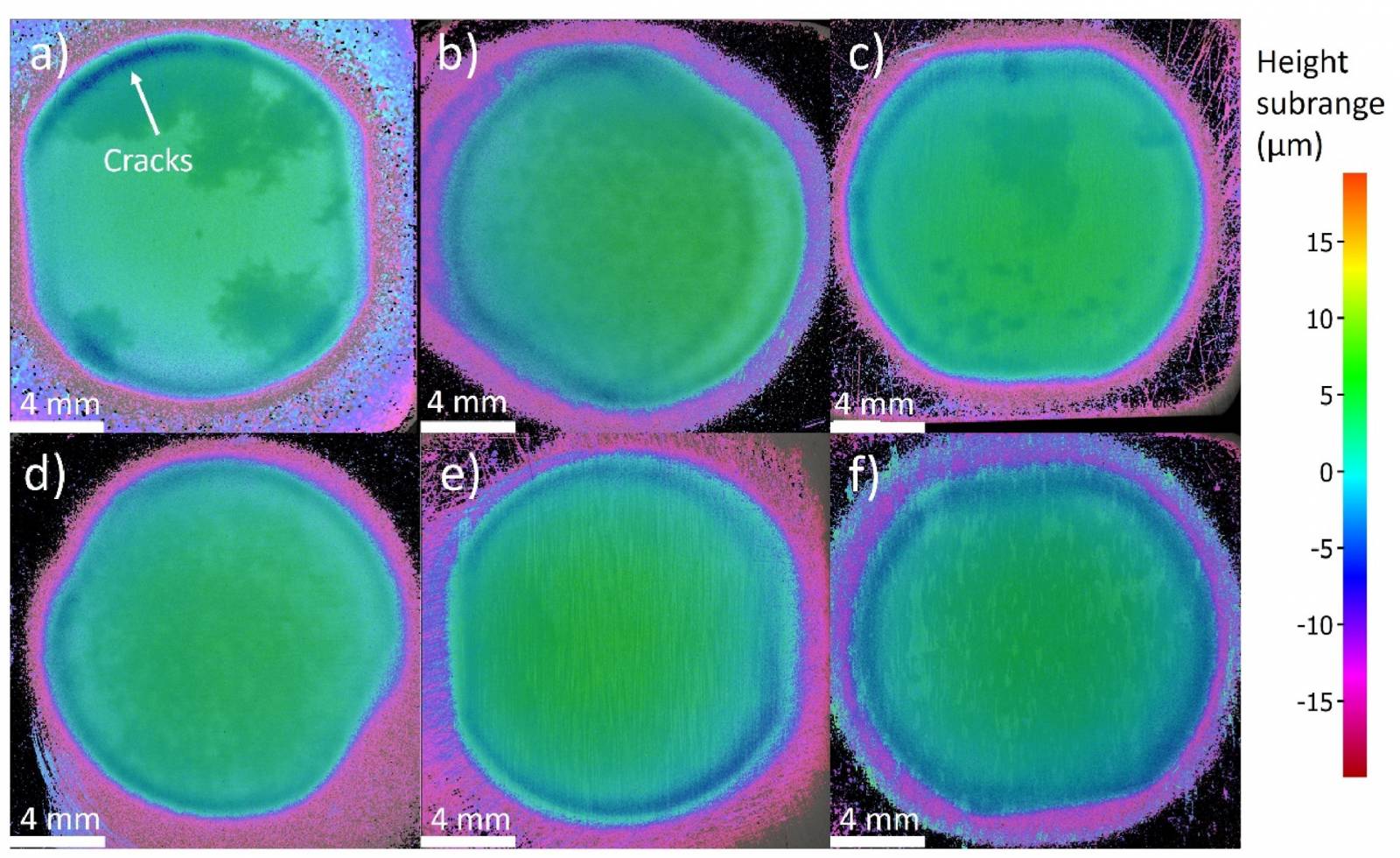Stainless steels are commonly used in hydraulic components where they may be susceptible to cavitation erosion. In this study the cavitation erosion resistance of AISI 420-type stainless steel is examined after quenching and partitioning (Q&P) heat treatment. Q&P-samples were prepared with varying heat treatment parameters, and their initial properties were examined with X-ray diffraction and hardness measurements. Reference samples were also prepared with quenching and tempering and quenching without partitioning. The samples were eroded for 6 h with an ultrasonic cavitation erosion device, and their mass losses were measured. The eroded areas were examined with scanning electron microscopy, optical profilometry, and magnetic induction measurements. The results suggest that the cavitation erosion resistance of the examined stainless steel can be significantly enhanced with Q&P. This enhancement of cavitation erosion resistance results from high initial hardness and retained austenite fraction of the steel. During cavitation erosion the retained austenite can absorb cavitation bubble collapse energy by transforming into strain induced martensite, which increases the hardness of the steel and generates expansion of the lattice. This expansion additionally hinders crack propagation at grain boundaries, which reduces the formation of initial cavitation damage.
Raami, L., Varis, T., Valtonen, K., Wendler, M., Volkova, O., & Peura, P. (2023). Enhancing the cavitation erosion resistance of AISI 420-type stainless steel with quenching and partitioning. Wear, 526-527, [204897]. https://doi.org/10.1016/j.wear.2023.204897 (open acess)

